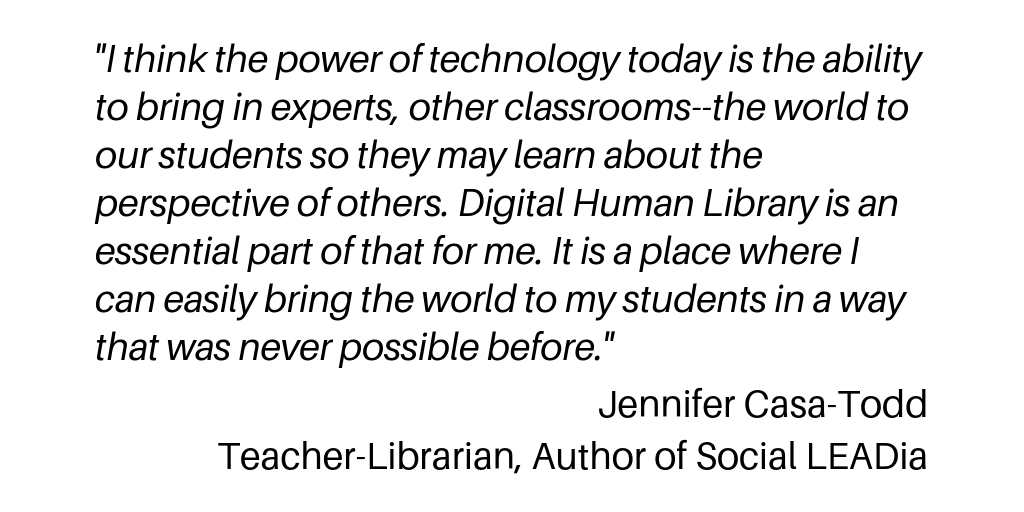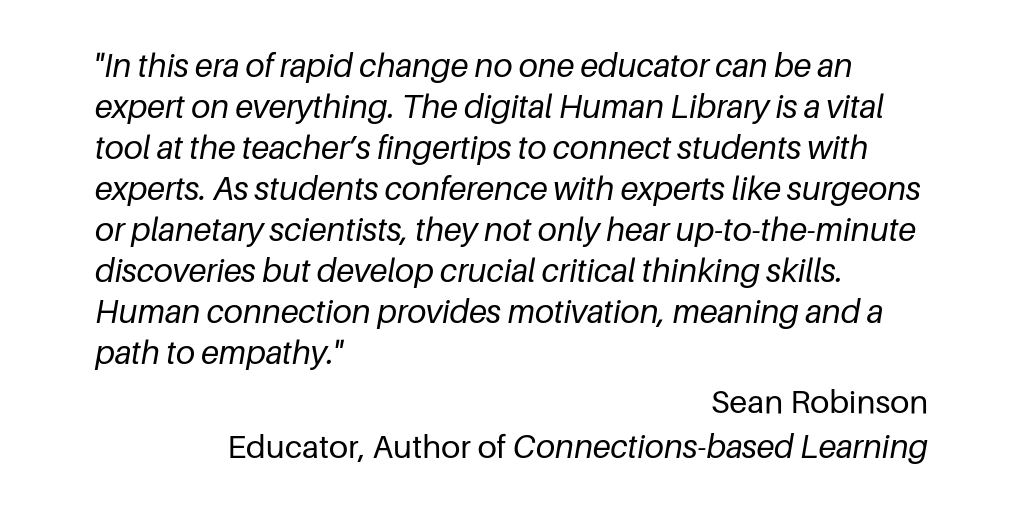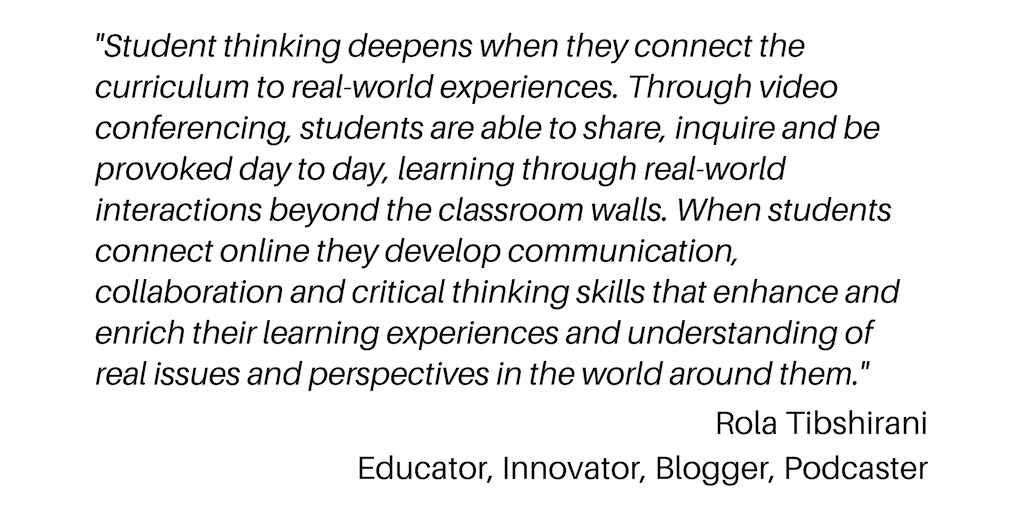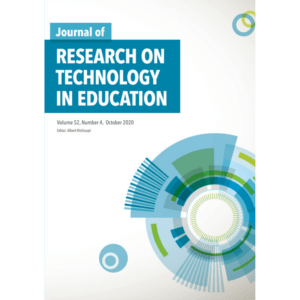There’s something to be said about the form factor of tablets. It’s easy to throw it into your bag while you’re half way out the door, and the long battery-life doesn’t leave you lingering on the thought, did I remember to charge it?
You would sooner steal the pink from a flamingo than pry a laptop from beneath a writers fingertips. But, a decent keyboard dock frees you from the main advantage a laptop hangs over a tablet.
As tablets become more powerful, and offer similar capabilities as laptops, can tablets find a place for writing in the classroom?
Technology versus Handwriting
Early this year, Really Good Stuff, a teacher supplies retailer, conducted a survey in the United States that showed 41 percent of elementary school teachers no longer incorporated cursive writing instruction into classes.
The requirement for cursive instruction was not adopted under the 2010 Common Core State Standards – an initiative that aims to arrange state curricula along national standards. So, individual states and districts are left to decide whether to include cursive writing instruction into their curriculum.
But, around 60 percent of teachers reported that they either covered cursive writing, plan to cover cursive writing, or rated cursive writing as “Important” or “Very Important”.
Seventy-one percent felt that removing cursive writing from the curriculum would lead to “poor fine motor skills, an inability to read cursive writing or develop a legal signature.”
But, Canadian teachers aren’t ready to give up on handwriting just yet.
At James Thompson Elementary School in British Columbia, Principal Jasmin Marshman thinks that an increasingly digital age doesn’t mean that handwriting has less value.
“Just because no one hand writes letters or essays anymore”, said Marshman, “it’s [still] important not to dismiss [what] has been done in the past”.
As a teacher, Marshman had students learn and practice handwriting because it gave them another writing outlet. She added that if students don’t learn cursive, they might be missing out.
“You may not need to be able to write it, but in terms of literacy you must be able to read it. I think it needs to stay in the curriculum just to help the kids to be prepared for whatever they are faced with.”
Handwriting, compared to printing or typing, makes it clearer for some kids. As students form language that flows and connects, “the word becomes a picture in itself”. This helps kids develop their fine motor skills, and the visual element aids spelling.
Still, cursive writing at the school is viewed as a quiet activity once the students complete their work.
And on the other side of Canada, cursive writing is no longer practiced in Nova Scotia classrooms. Teachers are left to decide how often students practicing looping their letters and crossing their “t’s”
The departure from handwriting seems to stem from a similar conclusion: The advent of new technologies like smartphones and tablets make writing by hand a token of nostalgia.
Handwriting might be more than a distant memory.
Dr. David Sortino, a psychologist and the Director of Educational Strategies, a private consulting company catered to teachers, parents, and students, shared the ways cursive writing affects the brain.
“The act of physically gripping a pen or pencil and practicing the swirls, curls and connections of cursive handwriting activates the parts of the brain that lead to increased language fluency.”
Teachers don’t need to forego technology to ensure students practice cursive writing. While serious writers muse way on a laptop keyboard, where the keyboard forgets the physical aspect of writing in favour of speed, a tablet can build on both with a stylus pen. It’s not pen to paper, but the motions and actions involved stimulate the brain in the same way.
Penning
The Oxford Dictionary defines “penning” or “the pen” as:
1. The act of creating written works; an instrument for writing or drawing with ink or similar fluid.
2. An instrument for writing regarded as a means of expression.
So, if the focus of instruction is about writing as a creative means of expression, and research shows us that holding a pen and practicing cursive handwriting leads to increased language fluency, does it matter if the pen is a ballpoint or stylus? The writing surface a piece of paper or a tablet?
Maybe we should let students decide.
Sources
Pew report illustrates impact of digital technologies on student writing (2013, July 16). National Writing Project. Retrieved from: http://bit.ly/160NmXx
National poll reveals that cursive writing education is in danger (2013, April 29). PRWeb. Retrieved from: http://bit.ly/GTPO7t
Bolster, C. (2013, October 15). Handwriting hangs on in elementary schools. PeakOnline. Retrieved from: http://bit.ly/198q2FC
Sortino, D. Brain research and cursive writing (2013, May 22). The Press Democrat. Retrieved from: http://bit.ly/1gzm4ty
Murray, C. (2013, July 31). Can technology help students become better writers. EdTech. Retrieved from: http://bit.ly/19zizQK
A call to bring cursive testing back to classrooms (2013, February 20). CBC. Retrieved from: http://bit.ly/1aq0AsU
This post is also available in: Français (French)
























































